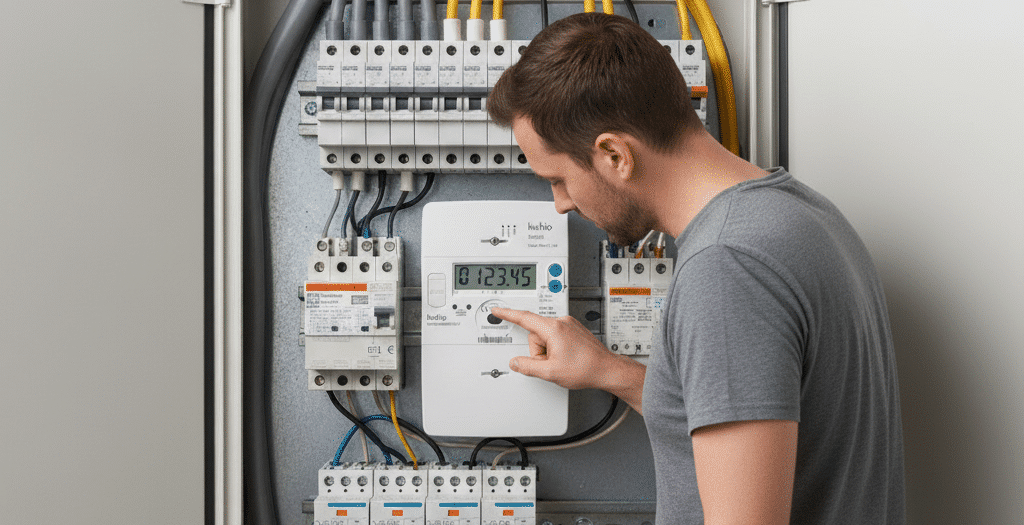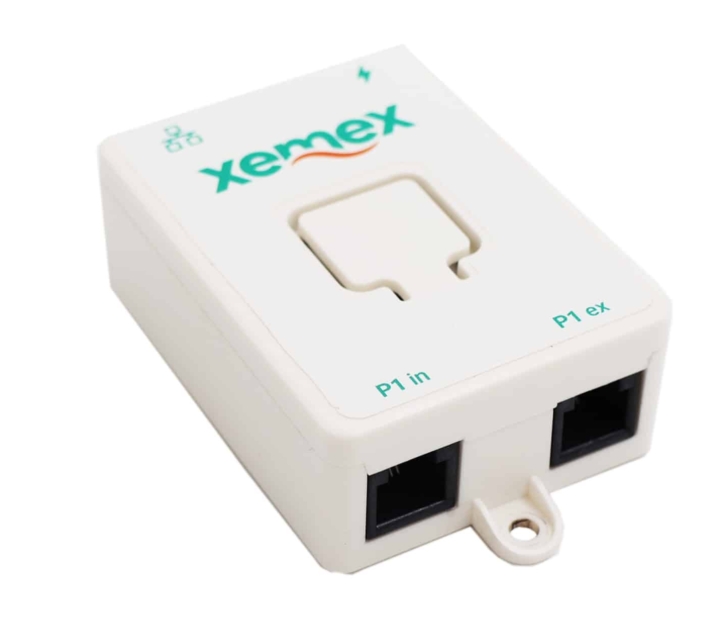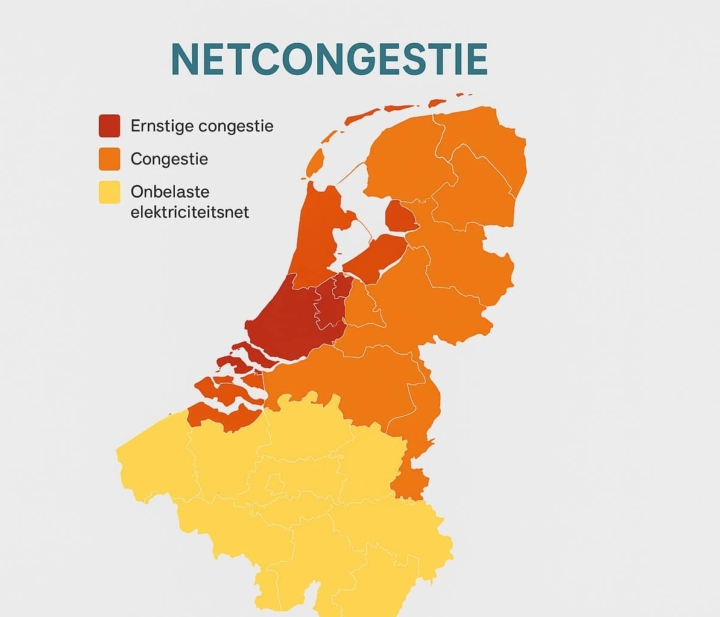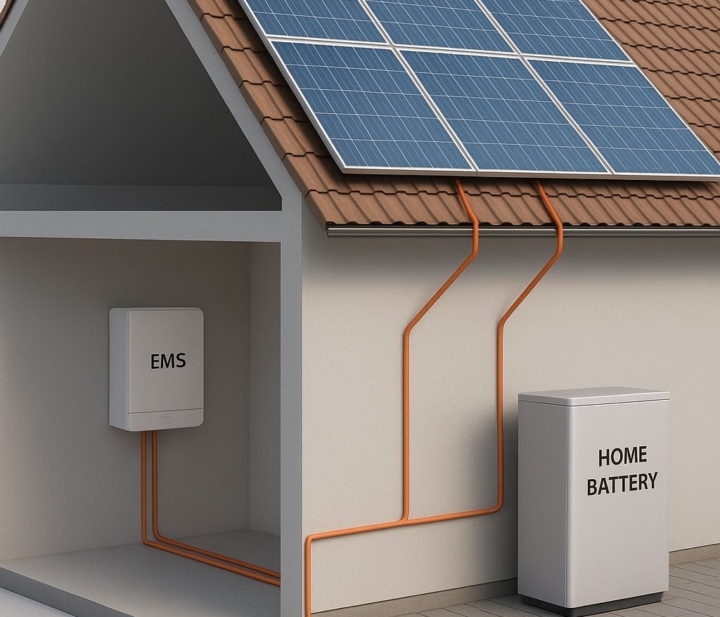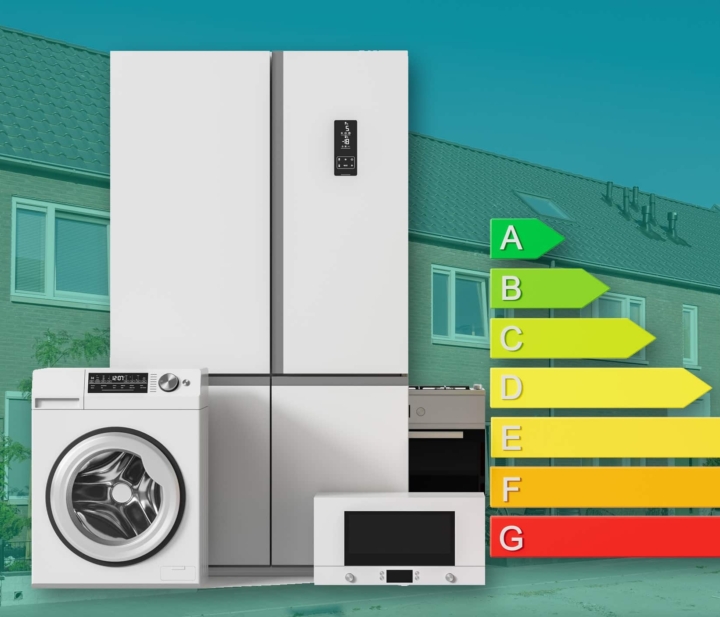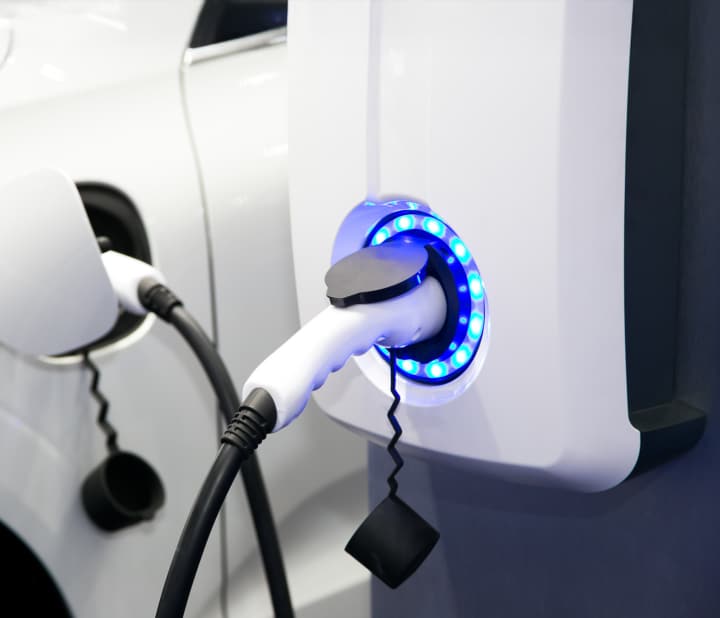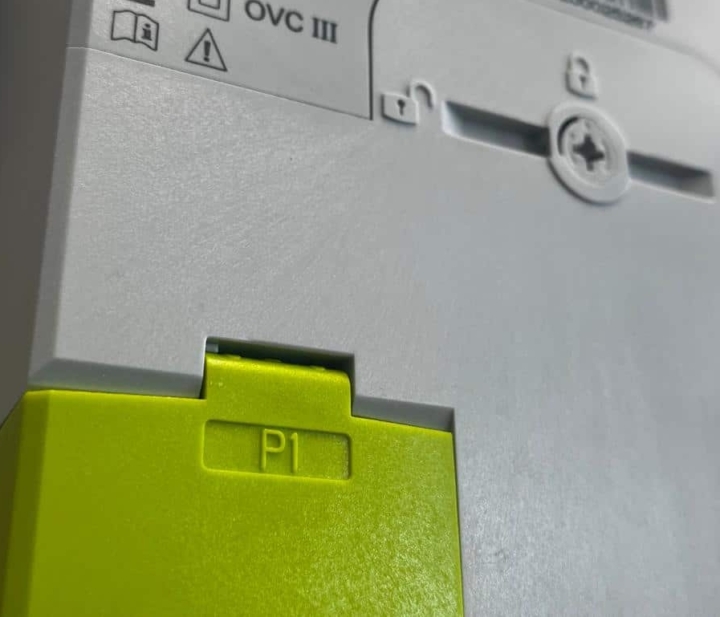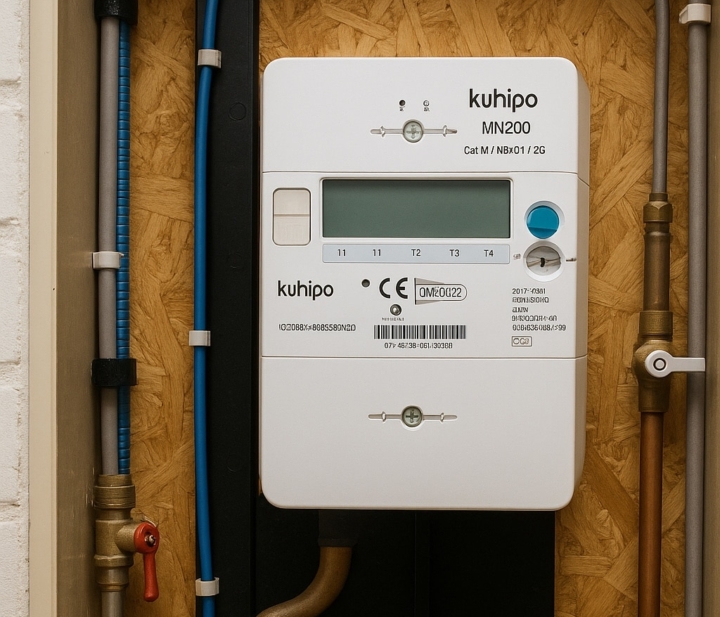Energy in Motion: Opportunities and Pitfalls of the Transition
The energy transition often seems like a technical story, but it is really about our daily lives—how we cook, drive, heat our homes, and experience the electricity bill at the end of the month. Four recent articles on NU.nl and vlaanderen.be provide a clear picture of how this transition is currently unfolding: the challenging replacement of smart meters, the introduction of dynamic quarter-hour pricing, the shift to east-west oriented solar panels, and the rising costs of feeding electricity back into the grid.
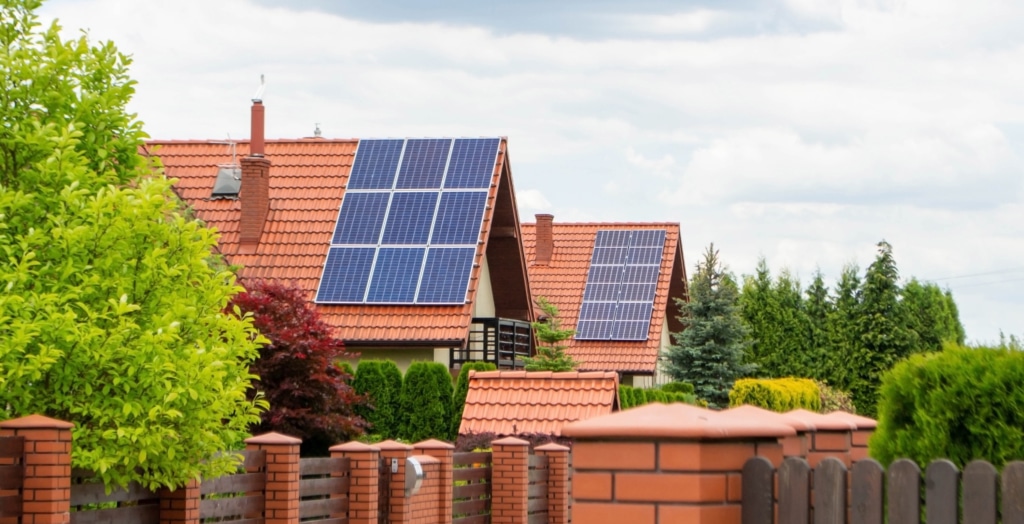
In this article, we explore these topics together, highlight their connections, and look ahead. Only by seeing the bigger picture can households and installers make the right choices to save costs and even earn money from the energy market.
Smart Meters: Essential but Vulnerable Foundations
The story begins with the smart meter. That small box in the meter cupboard may seem like a minor detail, but it is the key to a flexible energy system. Without a meter capable of recording data in fifteen-minute intervals, participating in dynamic contracts and taking advantage of price fluctuations is impossible.
Yet replacing millions of meters before 2029 proves to be an almost impossible task. There are too few technicians, the administration is extensive, and each replacement takes hours. This puts pressure on grid operators and energy companies, who are already dealing with staff shortages and grid congestion. If the rollout stalls, many households will miss the opportunity to actively participate in a flexible market. It’s like trying to open a highway for electric cars while the charging stations are still missing.
In Belgium, the situation is similar. Fluvius is replacing all classic gas and electricity meters in Flemish households with digital meters. The replacement is done free of charge, street by street, neighborhood by neighborhood, municipality by municipality. By 2024, 80% of households will have a digital meter, and by July 2029, 100% will be equipped. These digital meters are essential for dynamic energy contracts and for gaining insight into energy consumption.
The smart meter is therefore not just hardware—it is the gateway to a new energy model. Missing that access risks being left out of the energy transition.
Dynamic Pricing: Energy Changes Every Quarter-Hour
At the same time, the energy market is shifting. Where electricity prices were previously set by the hour, the Netherlands will switch to quarter-hour pricing from October 2025. This means the price of electricity can change 96 times a day.
The concept may seem complex, but the logic is clear. Solar and wind production fluctuates strongly. One quarter-hour may produce an abundance of solar energy, while the next quarter-hour could see prices drop or spike. By calculating prices on a fifteen-minute basis, the market better reflects reality.
For households with dynamic contracts, this offers both opportunities and challenges. Those who plan their consumption smartly can save significantly. Charging an electric car or running the washing machine becomes a strategic decision linked to the price at that moment. But without insight or automation, households may be caught off guard by sudden peaks.
In Belgium, the situation is similar. Customers choosing a dynamically priced contract are switched to a “regime 3” metering system, where data is read from the meter every fifteen minutes. This type of contract requires active energy consumption and willingness to align usage with hourly prices.
With quarter-hour pricing, electricity costs fluctuate more frequently during the day, creating new opportunities to save. Smart devices, home batteries, and electric vehicles allow households to time consumption and storage to the cheapest periods.
The introduction of quarter-hour pricing makes flexibility more valuable than ever—and flexibility starts with insight, which is impossible without a smart meter. These developments are therefore closely interconnected.
Solar Panels Reoriented: From Peak to Spread
Changes are also happening on rooftops. Whereas south-facing solar panels were once the default for maximum yield, more and more installers now choose an east-west orientation. On paper, this produces slightly less energy, especially in winter, but the strategy is gaining ground.
The reason is simple: east-west panels spread production throughout the day. In the morning, they generate power from the east; in the evening, from the west. This reduces the large midday peaks that are difficult to use and often result in excess feed-in. Instead, production aligns more closely with daily household consumption.
In a world of dynamic quarter-hour pricing, this can provide additional benefits. Electricity produced when prices are higher has greater value. A south-facing array producing mainly around noon often generates high output when the market is saturated and prices drop. East-west panels therefore fit better with the logic of the new market.
In Belgium, east-west orientation is also considered attractive. Although production is slightly lower, electricity is generated both in the morning and evening. This can benefit households with high daily energy consumption.
This trend shows how technology adapts to economic incentives. What once seemed optimal may no longer be the best choice today.
Feed-In: From Revenue to Cost
The biggest shock is that feeding electricity back into the grid is no longer automatically profitable. With multiple suppliers, feed-in costs are now often higher than the compensation received. What was once a revenue stream can now become a cost.
For many households, this is a hard reality. Whereas solar panels previously automatically generated income through net metering and feed-in, it is now crucial to maximize self-consumption. Anything not used directly can result in financial loss.
In Belgium, the situation is similar. In Flanders, households with solar panels and a digital meter receive compensation from their supplier for electricity fed into the grid. The amount varies depending on the supplier, market price, and type of contract. Unlike the Netherlands, Belgium has no mandatory injection tariff, so households depend entirely on market conditions.
This development changes the rules of the game. It is no longer about generating as much electricity as possible, but about smart usage and storage. Home batteries and smart device management become more attractive. The value shifts from the kilowatt-hour itself to the flexibility of when and how it is used.
How the Pieces Fit Together
Looking at the four developments together reveals a clear pattern. The smart meter provides the foundation needed to access dynamic pricing. Prices change every fifteen minutes, making flexibility more important than ever. East-west panels help distribute production and align better with price fluctuations. Rising feed-in costs push households to maximize self-consumption and storage instead of feeding electricity back into the grid.
These are not isolated stories—they are interconnected parts of the same system. They show that the energy transition is not a straight line but an ongoing search for balance between technology, market forces, and behavior.
What This Means for Households
For households, this means thinking about energy becomes an active task. Where once choosing solar panels or a fixed-rate contract was enough, now it is about smart timing, automation, and investing in flexibility. A smart meter provides access to the market. A dynamic contract can save money but requires conscious decisions. East-west panels match the daily rhythm of supply and demand. Feed-in is no longer a guaranteed income source but a reason to maximize self-consumption.
It calls for a new mindset. Energy is no longer a fixed cost on your bank statement but a dynamic game in which you make choices and have influence.
What This Means for Installers
For installers, the opportunities are equally significant. Where the trade once focused on placing panels or heat pumps, the demand now shifts toward complete energy solutions. Customers want systems that not only generate energy but also provide insight, control, and flexibility.
Installers increasingly become advisors. They must offer modular systems with room for storage and connections to smart devices. They can guide customers through contracts, feed-in costs, and price fluctuations. They add value through monitoring, maintenance, and optimization.
The installer of the future does not place individual panels but builds energy management systems that integrate production, storage, and consumption.
The Trend Toward Flexibility
Looking ahead, flexibility emerges as the core of the energy market. It is not about how much electricity you produce or feed in, but how you align consumption and production with the right moment. This can be achieved through smart devices, storage, or participation in collective platforms that pool and trade flexibility. The electricity grid is no longer a one-way street from central generation to passive users. It becomes a dynamic playing field in which supply and demand fluctuate every fifteen minutes.
For households, this opens opportunities to save money or even earn it. For installers, it creates a whole market of new services. For society, it makes the electricity grid more reliable and sustainable.
Outlook: From Consumer to Market Player
In the coming years, the pace will accelerate. Grid congestion, dynamic tariffs, and stricter rules on feed-in will give households more responsibility for their energy behavior. Where once you were merely a customer of a supplier, you now become a player in the market.
For households, this means opportunities to lower costs and even earn money through flexibility. For installers, it means a role as guide and orchestrator—delivering not just technology but also strategy and insight.
The energy transition is not a distant story. It is the washing machine you run a little later, the car you charge smartly, and the choice to orient your solar panels differently. Small steps that together make a big difference—for your wallet and for the success of the energy transition itself.
Always ready to start
Wondering what we can do for your organization? Contact Xemex and discuss your needs with our team. Together we will realize a solution that addresses your energy challenges and opens up new possibilities.
Burgemeester Burgerslaan 40
5245 NH 's-Hertogenbosch, The Netherlands
Metropoolstraat 11a
2900 Schoten; Belgium
